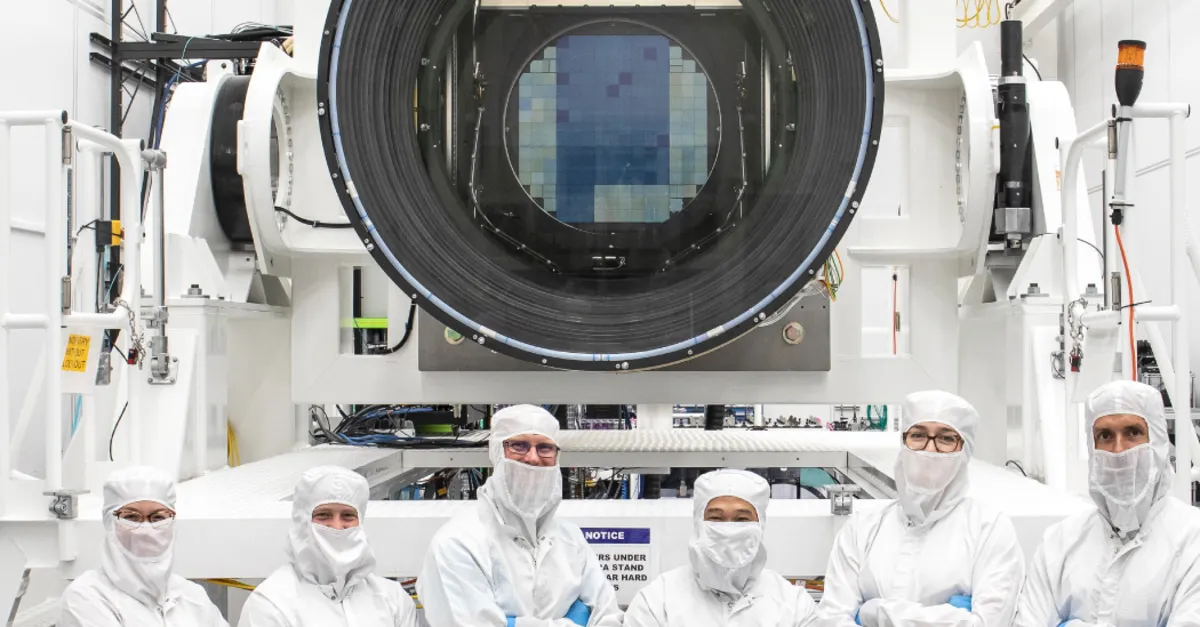
At the center of the groundbreaking Vera C. Rubin Observatory in Chile lies the world’s largest digital camera. This impressive technological marvel is approximately the size of a small car and is set to revolutionize our understanding of the night sky by creating an unparalleled celestial map. The observatory is eagerly anticipating the release of its first public images, which are expected to debut on June 23.
During a visit by Times reporters in May, the observatory, perched atop an 8,800-foot-high mountain, was in the midst of performing crucial calibration tasks. These tasks are designed to measure minute differences in the sensitivity of the camera’s pixels, ensuring that the images captured are of the highest quality. The camera's expected lifespan exceeds 10 years, promising a wealth of astronomical data for years to come.
Each image produced by the Rubin Observatory contains an astonishing amount of data, equivalent to all the words published by The New York Times since its inception in 1851. The observatory is projected to generate around 20 terabytes of data every single night. This immense data volume will be transferred and processed at various facilities located in California, France, and Britain, allowing for global collaboration in astronomical research.
To maximize the utility of the data collected, specialized software will analyze each new image in comparison to a template created from previous data. This sophisticated approach will enable researchers to detect changes in brightness or position among celestial objects. The Vera C. Rubin Observatory is expected to identify up to 10 million changes each night, providing an unprecedented view of dynamic astronomical events.
It's important to note that not all detected changes will be due to natural celestial phenomena. Simulations indicate that approximately one in ten images captured by the Rubin Observatory will feature at least one bright streak or glint. These artifacts are primarily caused by the thousands of SpaceX Starlink satellites and other orbiting satellites, which can affect the clarity of astronomical observations.
The Vera C. Rubin Observatory represents a significant advancement in our capabilities to explore and understand the universe. With its state-of-the-art technology and innovative approach to data processing, the observatory is poised to become a cornerstone of astronomical research for the next decade and beyond.